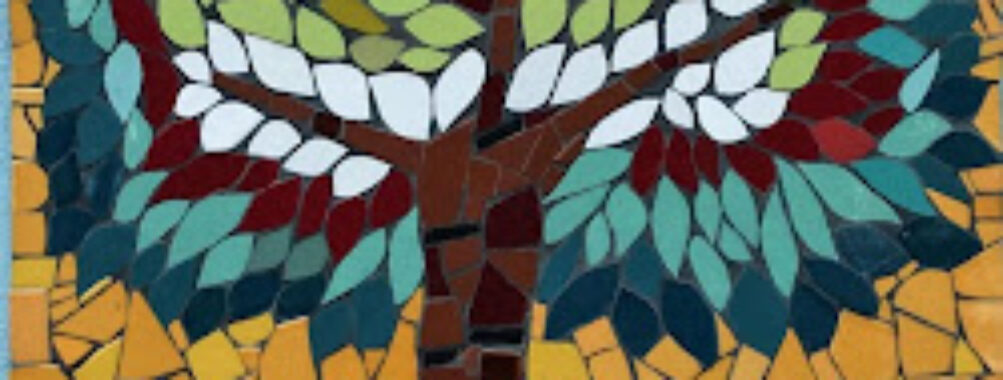
El-Saieh Gallery
Table of Contents
Description
El-Saieh Gallery is one of those places that quietly stays in your memory long after you’ve left. Founded back in the 1950s by Issa El-Saieh — a Haitian jazz musician and passionate patron of the arts — this gallery has been a cornerstone of Haiti’s creative scene for decades. It’s not one of those sterile, white-walled galleries that feel intimidating. Instead, it’s full of life, color, and stories. You’ll find paintings stacked from floor to ceiling, sculptures tucked into corners, and the faint hum of Port-au-Prince just outside the door. It feels personal, like stepping into someone’s home who truly loves art.
Walking through the rooms, you can almost feel the pulse of Haitian culture — the rhythm, the resilience, the emotion. The gallery showcases works from both established and emerging Haitian artists, spanning styles from traditional to contemporary. There’s a sense of continuity here, of generations of artists passing down inspiration. Some pieces are raw and emotional, others more refined, but all of them carry that unmistakable Haitian soul. I remember standing in front of a painting once, completely lost in the texture of the brushstrokes — it felt like the artist had poured every ounce of their heart into it. That’s the kind of effect this place has on you.
It’s not perfect, of course. The lighting can be a bit uneven, and sometimes the layout feels more like a treasure hunt than a curated exhibition. But maybe that’s part of its charm. You’re not just looking at art here — you’re discovering it, piece by piece, story by story. And honestly, that’s what makes El-Saieh Gallery such a special stop for travelers who want to experience Haiti beyond the surface.
Key Features
- Historic Legacy: Founded in the mid-1950s by Issa El-Saieh, a celebrated jazz musician and art patron who helped shape Haiti’s cultural identity.
- Extensive Collection: Hundreds of paintings, wood carvings, and metalworks representing decades of Haitian artistic evolution.
- Authentic Atmosphere: The gallery feels more like a living archive than a museum — full of character, history, and emotion.
- Family-Run: Now managed by the El-Saieh family, who maintain close relationships with many of the artists featured.
- Accessibility: The gallery offers a wheelchair-accessible restroom, making it convenient for visitors with mobility needs.
- Family-Friendly: Welcoming to children and families who want to explore art in an informal, engaging setting.
- Restrooms Available: On-site facilities make it easy to spend a good amount of time exploring comfortably.
Best Time to Visit
If you’re planning a visit, mornings are usually the best. The light filters beautifully through the windows, giving the artwork a soft, natural glow. Plus, you’ll probably have the place mostly to yourself, which makes it easier to take your time and really absorb everything. The afternoons can get a bit warmer, and sometimes local tours drop by, which adds a bit of buzz but also means less quiet space for reflection.
As for the time of year, the dry season — roughly from November to April — is ideal for traveling in Port-au-Prince in general. The weather’s cooler, and getting around the city is more pleasant. But honestly, El-Saieh Gallery is one of those spots that’s worth seeing year-round. Rain or shine, the art inside has its own kind of light.
How to Get There
Getting to the gallery is fairly straightforward if you’re staying in or near downtown Port-au-Prince. It’s located not far from the historic Hotel Oloffson, so if you’re familiar with that landmark, you’re already halfway there. Taxis and private drivers are your best bet — public transport can be unpredictable, and the roads in some parts of the city can be tricky if you’re not used to them.
If you’re driving yourself, just keep an eye out for local signs and ask for directions if needed. Haitians are incredibly friendly and usually more than happy to help a traveler find their way. I once got completely turned around trying to find a different art space, and a shop owner not only pointed me in the right direction but actually walked me halfway there. That’s the kind of hospitality you’ll find around here.
Tips for Visiting
First off, take your time. Don’t rush through it like you’re checking off another stop on your itinerary. Each piece in the gallery tells a story — sometimes joyful, sometimes painful, but always deeply human. Let yourself linger. Ask questions if the owners are around; they’re passionate about the artists they represent and can share fascinating backstories you won’t find on any plaque.
Photography is usually allowed, but it’s polite to ask first. And if you’re thinking about buying a piece (which, honestly, is tempting — the prices range widely, and there’s something for every budget), make sure to discuss shipping options early. The staff are used to helping international visitors with that.
Bring cash if you can. While some places in Port-au-Prince now accept cards, cash transactions are still the most reliable. And wear comfortable shoes — you’ll be walking and standing quite a bit, especially if you end up chatting with other visitors or diving into the stories behind the art.
One more thing: keep an open mind. Haitian art is rich with symbolism and often reflects the country’s complex history. Some works might challenge you or stir emotions you didn’t expect. That’s a good thing. Art should make you feel something. And El-Saieh Gallery delivers that in spades.
Whether you’re an art enthusiast, a casual traveler, or someone just curious about Haitian culture, this gallery offers a glimpse into the creative heartbeat of the nation. It’s not polished or pretentious — it’s real, soulful, and deeply human. And that’s exactly what makes it worth your time.
Location
Places to Stay Near El-Saieh Gallery
Find and Book a Tour
Explore More Travel Guides
No reviews found! Be the first to review!